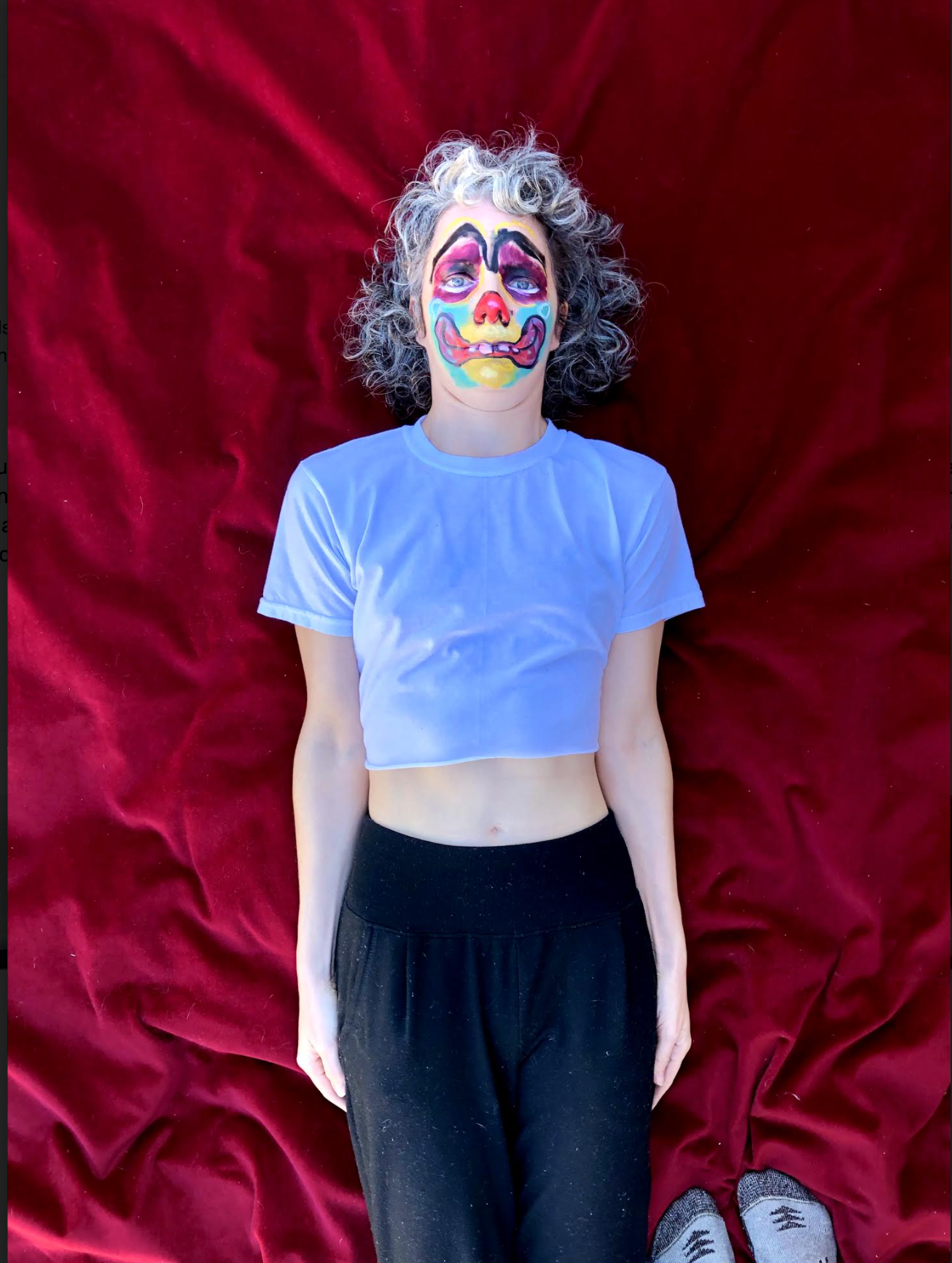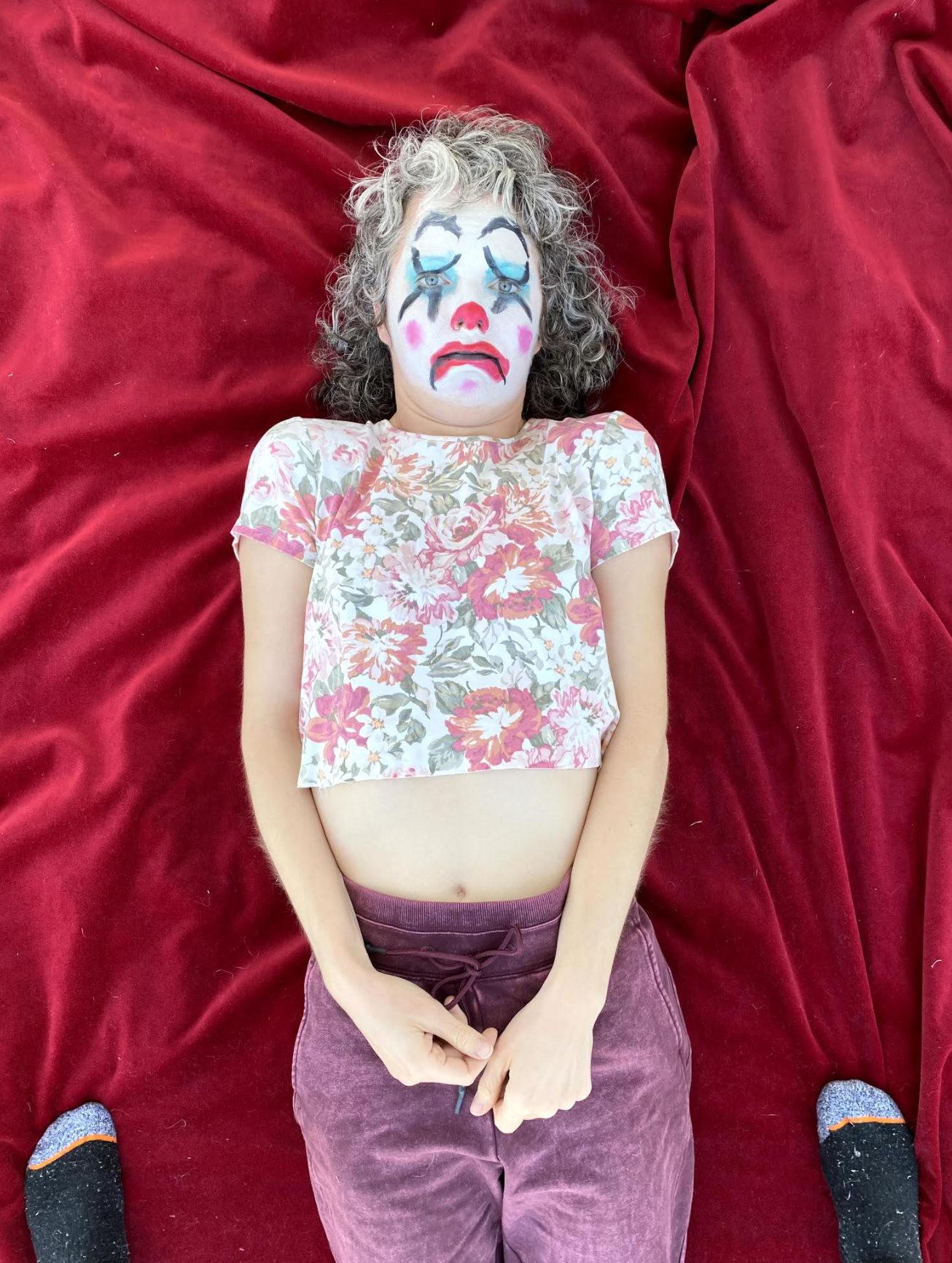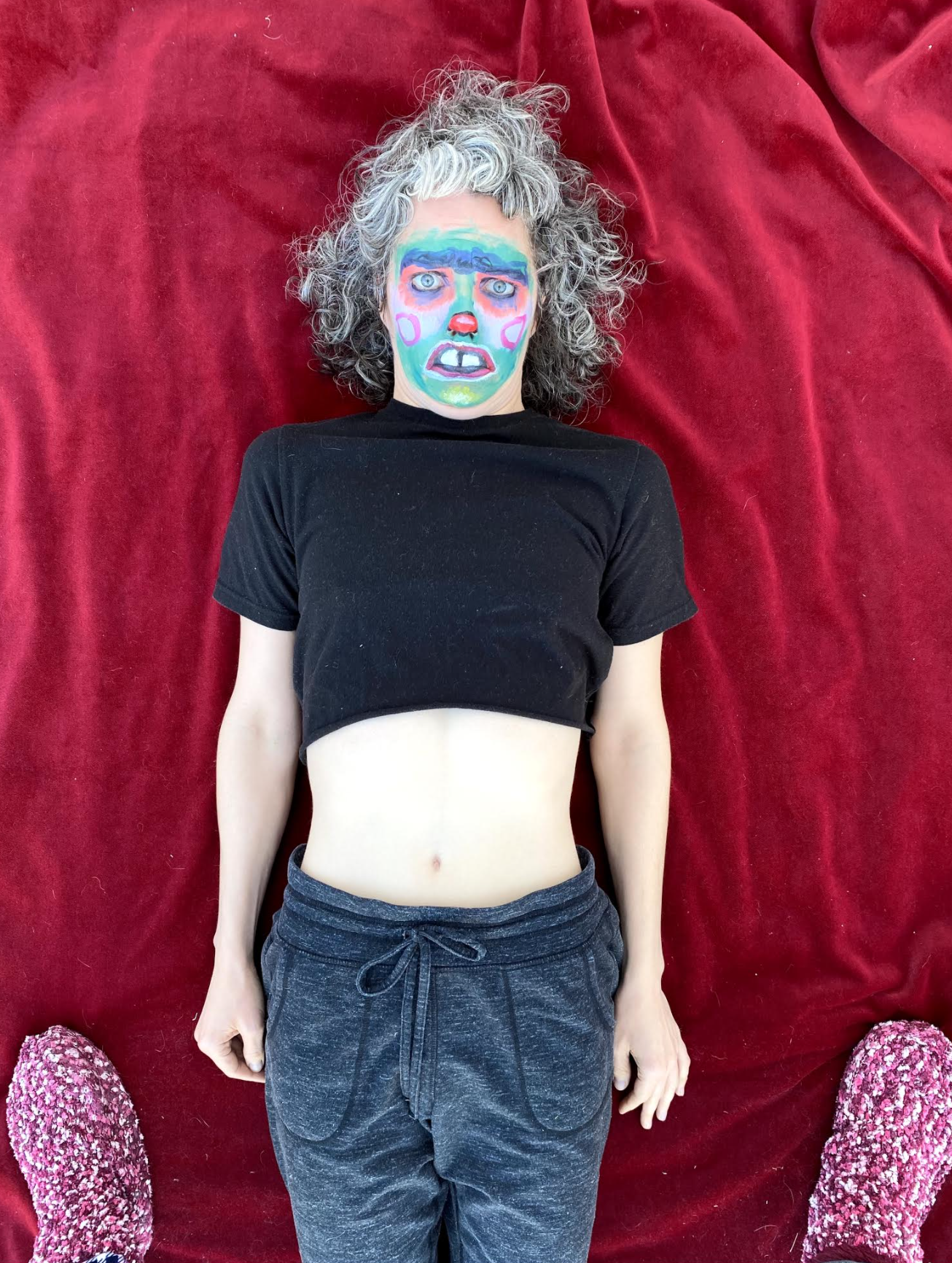In the Nowness of Now
Photo/Heidi Rider.
By Heidi Rider
We want to know. We want to know what is happening tomorrow, what the weather will be like, if there will be traffic. Will there be coffee? Is someone going to love me for who I truly am inside—the me that I’m afraid to share with the world? Oh, humans. We have such a deep and desperate need for control—a hopeless longing to be ready for whatever thing that’s inevitably going to come. We want to feel like we are driving our own lives, because it helps us to feel a little bit safe. But it’s not real. We don’t have any control. We can’t make the sun rise, we can’t prevent the rush hour gridlock, nor can we make people love us unconditionally. And there may not be any coffee.
Who among us could have foreseen that the entire world would be long-term struggling to recover from an exhausting list of devastating events either directly resulting from, or unearthed and glaringly revealed by, a raging global pandemic? How could we have known that there would no longer be work to go to, that we would abruptly lose the sweetness of a long embrace, or that sometimes the ones we love would contract a deadly virus and never come home again? We couldn’t. Because the truth is, life unfolds before us, moment-by-moment. And our daily commutes, our time clock punches, our mundane grocery store runs—the things we think we know—they all become unpredictable. We try to grasp at them but it's like trying to hold water in your hand. They are fleeting, fluid, and fickle. Uncontrollable. All we truly have control over is how we react to whatever happens, a moment at a time.
Photo/Adriana Chavez.
I work full-time as a clown in Absinthe at Caesars Palace, where twice a night, my clown partner and I drive an audience of 650 people (pre-pandemic) through an improvisational whirlwind of audaciously dirty, dark comedy. We use ourselves to turn the mirror back on humanity—to laugh at the ridiculousness and beautiful pain of the human experience. We create each show in direct response to the people in the audience—how they look, who they are with, how they respond. Every show is unique to the folks in the room, and experienced only by those particular strangers who gathered together that night. When it is over, the physical experience disappears, and it only lives on in our collective memory. This daily heightened practice of responding to life, moment-by-moment and then letting it go, informs everything I do. Clowns live In the Now, existing perpetually in the state of laughing and crying at the same time. The art of clowning celebrates the tenderness of imperfection by responding immediately to whatever it is faced with, without filtering, and without reservation. Failure or triumph; it matters not. Clowns allow us to feel and do all of the things we’re not supposed to.
How could I have known how deeply and how quickly my life would change? My job at Absinthe was consistent. I loved it. I knew it. And then it was gone. A deadly virus swept across the globe. The tent went dark. The strip shut down. And we abruptly stopped having communion with one another. Tumbleweeds rolled through the streets and lines of geese paraded down the middle of Las Vegas Boulevard. Humans locked themselves away from each other. Silence bellowed.
After our show closed, I found myself unable to deal with the outpouring of emotion, fear and uncertainty around the pandemic, the horrors of Black bodies being murdered by law enforcement, and an incompetent administration setting fire to our country as people died. The overwhelm was unbearable. Without the comfort and communion of clowning at my job, I didn’t have a way to process my intense feelings. I had been leaning heavily on my job as my only consistent source of creative experimentation and expression. I had essentially abandoned my visual art practice years before, and as long as I could keep going to work I could convince myself that it was enough for my artist heart. The silent space of the full-stop was met with a full-volume roar from my soul. After the initial shock wore off, fearful sadness, desperate loneliness and despair spilled over and threatened to drown me. I realized that art making was the only way I was going to survive the agonizing twisting of my sensitive heart. I forced myself to return to my visual art practice. I was lost, and I was scared. So I carried the image of the clown into the space with me, with the thought that if I can’t be the clown onstage, I’ll try to be the clown in my studio. I couldn’t access my inner resilience and buoyancy, but the clown could. She could take me by the hand, carry my heavy darkness, and go straight into the fires of hell for me. Not only can she take my pain…she likes it. I was forced into a re-discovery of the clown as more than just a conduit for laughter; the clown is an unruly, unconstrained and ebullient channel for every emotion. Vulnerability is everything.
Clown Picnic 1, 2021, pastel on paper, 18”x24”. Art/Heidi Rider.
Clown Picnic 2, 2021, pastel on paper, 18”x24”. Art/Heidi Rider.
Clown Picnic 3, 2021, pastel on paper, 18”x24”. Art/Heidi Rider.
I started drawing again, painting on found objects and finding sneaky ways around the impossibility of live performance. I used the image of the clown in the visual and aesthetic sense, but I also channeled the inner logic of the clown during the physical process of creating. I set up a series of restrictions (such as only using my non-dominant hand) as a way to force myself into losing control. I consciously tried to meet myself and my materials moment-by-moment, allowing the work to tell me its secrets and show me what it wanted to become—clumsy and improvisational, to work with materials I was unfamiliar with, to set myself up for the beauty of the unanticipated interruption, meeting a perceived failure, and then allowing it to become a revelatory gift. I proposed ridiculous questions to myself, knowing that the answers would be comically elusive, like a looping clown gag that never finds a resolution.





When the dreaded finally happened, and I contracted COVID-19, I was too weak to keep working in the ways I was able to before I got sick. I started to feel that all-too-familiar despair overtaking me again. So at the loving encouragement of my dear friend Alisha Kerlin, I started painting daily emotional clown portraits on my face to process what I was feeling in the forced physical stillness of my body. I began doing private performances of the painting process over video for Alisha, was photographed by Adriana Chavez, and then I printed each face painting onto a men’s handkerchief before I washed it all down the drain and it disappeared forever. I shared these extremely vulnerable and embarrassingly emotional works over Instagram, and folks reflected back to me just how deeply they felt the same feelings. We shared in the despair. We touched each other’s emotions.
Photo/Heidi Rider.
Photo/Heidi Rider.
I looked for more ways to open clown conduits. I created a daily diary of emotionally reactive animated clown drawings on Instagram stories. I did performance work with R.A.D.A.R., clowned in an alley for Majestic Rep Theatre, took to the streets as a decommissioned mailbox, and enclosed my body within a plastic tent behind a glass window at Available Art Space Projects, blowing up 150 balloons, twisting them into poodles and offering them to viewers who could never accept them from the other side of the pane of glass. Over and over again, I made work through the logic of the clown. Failing at my impossible attempts to return to physical connection, but never giving up. Playing with the trip, over and over again. If a clown becomes a clown by falling down a hole, and no one is around to see it, does the clown even exist? Clowns rely on live interaction with other people. They need a physical connection. The pandemic forced me to confront what it means to be a clown-all-alone. Living in ceaseless isolation eliminates the clown’s reason for existence. Without an audience to perform for, who am I? I’m still trying to solve this query. Even though I know I may never find a solution. And maybe that is the best answer. The truest gift.
Losing my predictable performance channel forced me back into my art studio. It reintroduced me to the physicality of myself in deeply transformative ways, and for that, I am endlessly grateful to the lockdown period. My work has become more personal (and therefore more universal), triggers my inner nagging need for perfection and polished edges (my desperate and futile plea for acceptance), and forces me to spiral around and face myself over and over again, offering endless opportunities to stumble slowly toward the someday of self-acceptance.
I dream of a different world, one in which we celebrate emotional sensitivity as our most valued and treasured human strength. Clowning guides us toward the freedom we experience when we unconditionally accept our most authentic, messy, and vulnerable selves. Clowns are an antidote to agony; they transform despair into delight. When we watch a clown experience pain, yet retain its optimism and resilience, we empathetically follow them into the black hole, through hell and back out again into cathartic laughter. Hahahahahahahahahahahahahah!
All we can really do is be in this moment and try to be present- to feel it all and be with it all- while it is happening. To let our emotions course through us, to share our fears and failures with others. To allow ourselves to be seen. We’re back at the tent now, and we’re facing every performance with new eyes. The world is different. We are different. What if we tried to ease up on bracing ourselves for pain and opened up to the possibility that grief and the journey into the unknown can take us through to a beautiful and unpredictable transformation? What if we gently loosen our exhausting grip on our need for control? I think that if I can publicly be in that open and free place as a clown- even if only for a moment- it can give someone else permission to do that, too, in their own way. It takes deep courage to be vulnerable. And that, to me, is the very definition of beauty.
Video links to work I made during the lockdown:
Clobbered By Desire- Too Many Feelingz: https://vimeo.com/520826000
Dear Diary: Hellscape FuqTown of 2020: https://vimeo.com/520784631
Pleeeaze luv me: https://vimeo.com/469383145
Photo/Heidi Rider.
Photo/Heidi Rider.
Heidi Rider is a visual and performing artist who uses the rebellious, sensitive artform of clowning to challenge social and cultural “shoulds,” to resist obedience and perfectionist impulses, and to explore shame and failure without taking on the suffering that inevitably comes with it. She works playfully within the dangerously vulnerable realms of the unknown and the unpredictable, always incorporating humor into her art, even when it isn’t funny. HEHEHAHA!
Heidi performs full-time in Spiegelworld’s Absinthe at Caesars Palace, and sometimes you can find her performing downtown in storefront windows. She holds a double BA in Art and Theatre from CUNY Hunter College in New York City and a Professional Actor Training certification from the Dell'Arte International School of Physical Theatre. She lives and works in Las Vegas.
Learn more about Heidi’s work at: http://www.heidirider.com/.
Thank you for visiting Humanities Heart to Heart, a program of Nevada Humanities. Any views or opinions represented in posts or content on the Humanities Heart to Heart webpage are personal and belong solely to the author or contributor and do not represent those of Nevada Humanities, its staff, or any donor, partner, or affiliated organization, unless explicitly stated. At no time are these posts understood to promote particular political, religious, or ideological points of view; advocate for a particular program or social or political action; or support specific public policies or legislation on behalf of Nevada Humanities, its staff, any donor, partner, or affiliated organization. Omissions, errors, or mistakes are entirely unintentional. Nevada Humanities makes no representations as to the accuracy or completeness of any information on these posts or found by following any link embedded in these posts. Nevada Humanities reserves the right to alter, update, or remove content on the Humanities Heart to Heart webpage at any time.










